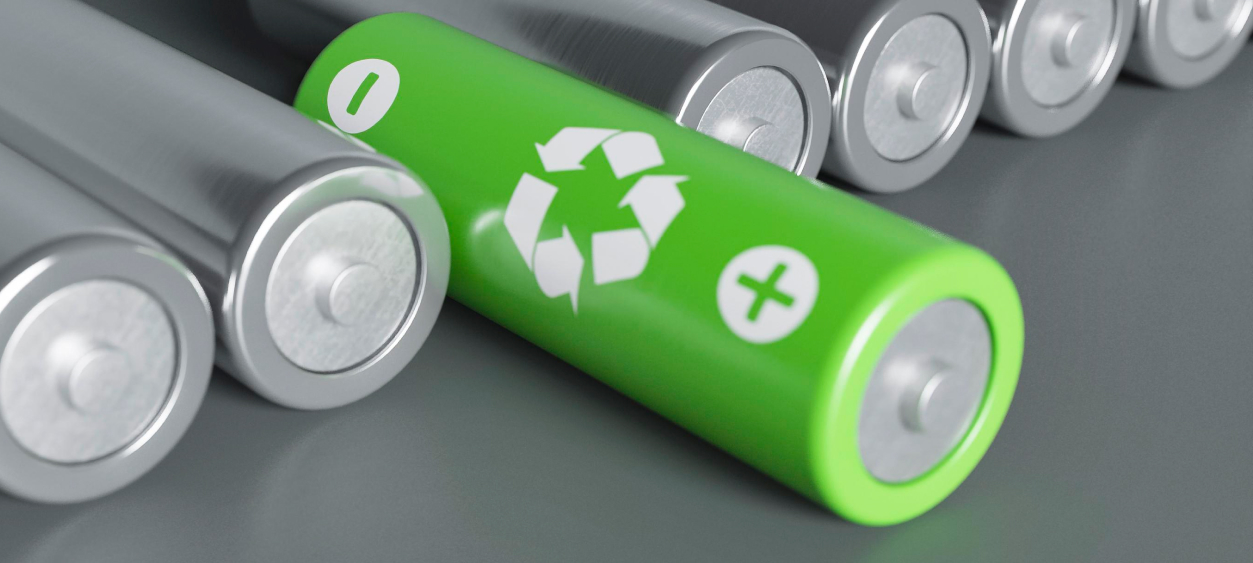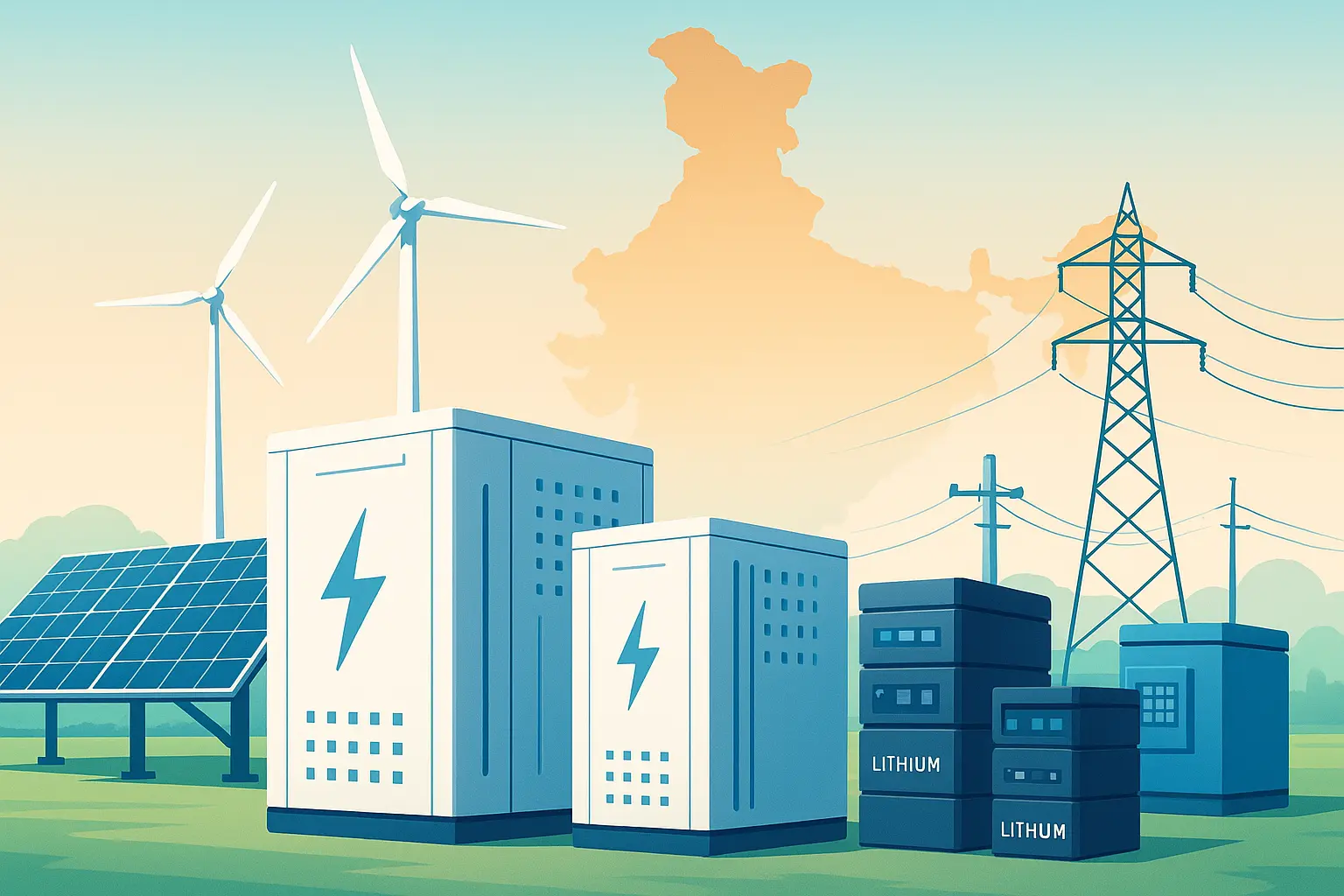Lithium batteries provide us with certain advantages that are difficult to duplicate in any other way. They have a lot of uses in our day-to-day life that we sometimes don’t even realize. Regardless of their use, there are two alternatives when it comes to selecting a lithium battery.
Today, there are cylindrical and prismatic lithium batteries available for you to choose between. Each of these types has its advantages and unique points that you should know about.
Cylindrical batteries:
As can be inferred from the name, cylindrical lithium batteries have electrodes contained in a cylindrical cell like DMEGC cells. This cylindrical cell is twisted very tightly within a specifically constructed metal casing. This unique design helps to reduce the risks of the electrode material breaking up even under the most extreme use conditions.
The cylindrical units’ design is intended to assist limit risk from factors which shorten the lifespan of the battery. Some of these factors include Mechanical vibrations, heat cycling from charging and discharging, and mechanical expansion of current conductors. For these reasons, cylindrical batteries are commonly encountered in medical device systems. Even portable electronics, including laptop computers, use smaller, more specifically constructed cylindrical cells.
Prismatic batteries:
Prismatic batteries on the other hand have a cell that has been encased in either aluminium or steel, mostly for added stability like Highstar prismatic cells. This results in the batteries having various advantages. Prismatic lithium batteries are thin, light, and allow efficient space utilisation due to their unique structure and content.
The rectangular shape of a prismatic battery allows for significantly greater stacking possibilities. This provides engineers with more freedom when creating products that will use prismatic batteries as power sources in the future. As a result, prismatic batteries are commonly found in smartphones, tablets, and other electronic gadgets where mobility is a top requirement. Because of these features, prismatic batteries are now widely used in more important applications such as energy storage systems and electric powertrains.
Which is better: Cylindrical or Prismatic ?
The most used lithium battery variety currently is the cylindrical cell and this is so for various reasons. The design of the battery itself is better suited to the automated processes of the production environment of the country. This helps in improving the consistency of the product and keeps the final price low.
When compared to the prismatic cell, cylindrical cells are made faster and also have a cheaper cost-per-KWh (kilowatt-hour).
However, prismatic cells have become popular in recent years and this popularity is because of their huge capacity. This, combined with their inherently prismatic structure, makes connecting four separate cells to produce something akin to a 12-volt battery pack a very easy task.
We have to keep in mind that the prismatic design is not without difficulties. The greatest difficulty lies when something goes wrong. If one cell in a prismatic battery fails for any reason, the entire battery pack which the cell is a part of is rendered useless. This is an issue that designers and engineers don’t have to worry about with cylindrical cells as the cells in a cylindrical battery are connected in series and parallel.
Cylindrical batteries have a tendency to radiate heat more easily when compared to prismatic batteries due to their design. Because of the way prismatic cells are arranged, this increases capacity, but it also increases the risk of design inconsistencies and short-circuiting. The bigger size of the prismatic cell may be appealing, but it also reduces the likelihood of such a battery being used in a heavily automated system.
The higher capacity of the prismatic cell makes it difficult for the Battery management system (BMS) to regulate heat and prevent the battery from overcharging. This is likely to be the biggest disadvantage for prismatic batteries.
As discussed before, prismatic battery gives the designers more flexibility but it also comes with its own set of drawbacks. That same architecture makes prismatic batteries more difficult and expensive to design and produce. This increase in cost will inevitably be passed on to the customers.
However, this discussion about expenses should include other factors. Because prismatic cells are mostly larger than the cylindrical cells and so cost more initially, experts agree that they provide more opportunities for cost reduction in the long run.
Keeping this in mind, you could consider the cost element this way: is it more vital to save money now by buying cylindrical, or can you rely on your ability to innovate and maybe save a larger amount of money in the future. Now this is an answer that only you can come up with.











